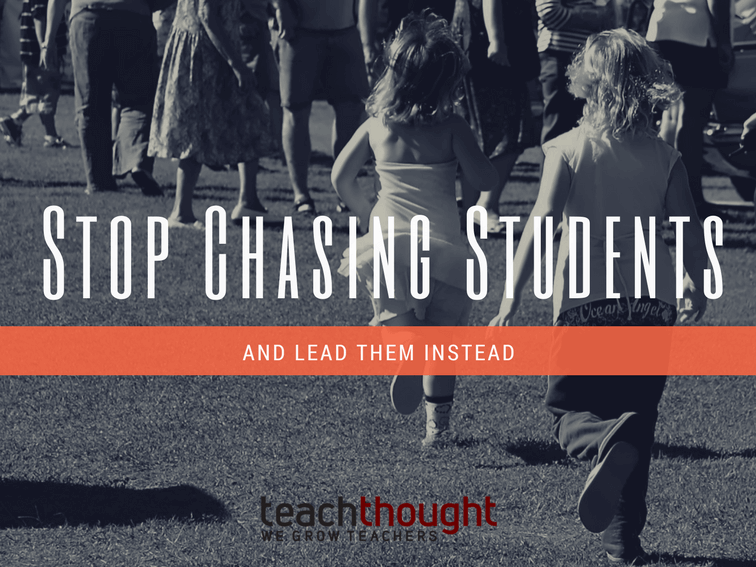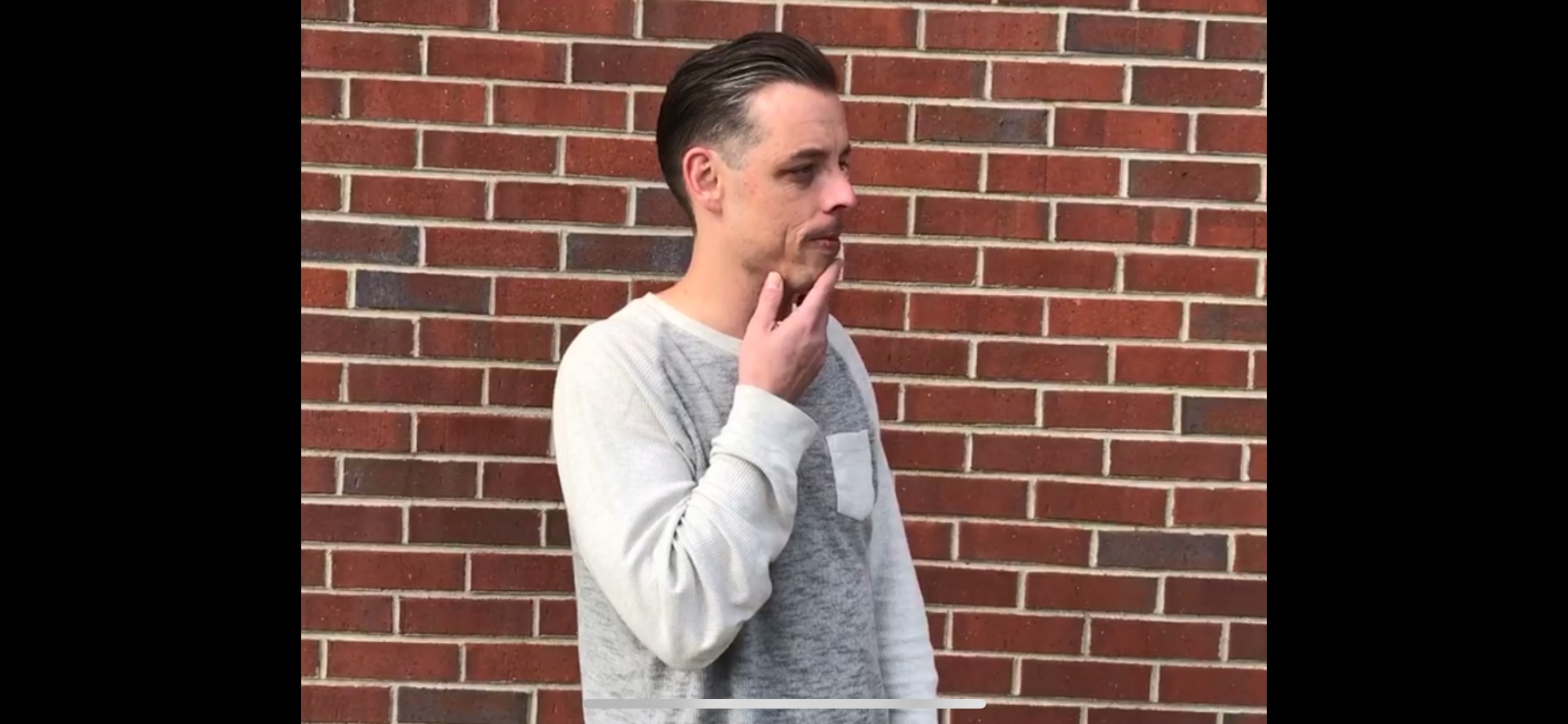
Stop Chasing Students. Instead, Lead Them.
by Terry Heick
Teachers are used to hearing about new ideas in education—changes in instruction, technology, and curriculum that are going to fix what’s broken.
The trouble is, these changes are so difficult to trust. Many changes are based on ideas that have gained traction based on very limited and poorly researched basis. One district might see success with a ‘program,’ and soon superintendents and principals are sent scrambling to duplicate that approach in their own district, without a full understanding of both data and circumstance.
On the flipside, other changes are based entirely on data—products of number-crunching from funded studies that keep telling us what we already know: technology makes new things possible, socioeconomic status matters, and literacy skills are everything. Changes here produce clinical, lifeless curricula that mean well, but lack the ambition to reach for students’ imagination.
When Learning Trends Lie
Of course, there are liars, damned liars, and statisticians, and veteran educators who have seen trends in education come and go understand this. They see that many ‘new’ ideas are repackaged approaches they’ve seen before. What’s old is new again, and minor redressing of previous strategies can limit credibility with teachers and administrators alike—affecting what many call ‘buy-in.’
In Why Some Teachers Are Against Technology In Education (which I wrote in 2014), I said that “Education technology is costly. It takes practice and a lot of trial-and-error, and just when you start to find your rhythm, it all changes again. It also naturally disrupts most schools and systems in general, at which point it becomes, whether teachers can see it or not, about pride. An identity thing.”
With the even greater emphasis on social media in 2017, this is truer now than ever.
The standards movement, social-emotional learning movement, literacy movement, whole child movement, testing movement, and now a technology movement all indirectly undermine their own success due to both their frequency and divergence from what came before, and unifying it all would require intellectual, professional, and human leadership that we continue to lack.
But today, we have a significant challenge unlike those seen in the past. While education struggles to agree on what needs changing and how to make it happen—and why, it should be asked, should we have to agree?—things around us have all exploded, detonated by technology.
‘Best Practice’
The world of today is a much different place than even just six or eight years ago, and this is hard to see in much the same way it’s difficult to notice a child growing taller in your classroom week by week, but impossible to miss when they return to school after summer.
With the rise of technology in culture, students connect to data, media, and one another in ways that would’ve been hard to imagine even a decade ago. And it’s not just the way students interact—it’s the scale and frequency with which they send a text, watch a video, listen to a song, or share a link via social media.
This constant barrage of stimuli has created a student that is wired to survey, connect, evaluate ever so briefly, and then delete. And this connect-and-delete approach to data interaction collides rather spectacularly with an education system that has been itself trained to resist change—often for good reason.
This leaves us at a bit of an impasse, with technology as perhaps a permanent disruptor in education. So what’s the takeaway for teachers? For starters, this suggests the need for either incredibly powerful and compelling singular leadership, or diversity—a million different approaches that all play their role.
This would require abandoning the pursuit of a ‘best way’ to educate, a ‘program,’ scripted curriculum, or even favored instructional strategies in favor of a mosaic of pedagogical and heutagogical approaches to learning that begin with the student and work backward from there.
The students have already changed. The learning trends of 2012 have changed, too. They’re now approaching the trends of 2020, and here we are today curious about what engages students and what their interests are and how they tend to use the tools they love. That’s reactive design. Elon Musk would’ve never launched rockets or built electric cars or tackled solar energy head on by joining NASA or building a better combustion engine or making coal plants more ‘efficient.’
Learning trends are no longer about preparation, but mitigation—reducing the erosive effect of pairing connected students with disconnected learning environments. Coming to terms with that is important for both teachers and other change agents.
Right now we’re chasing, not leading.
